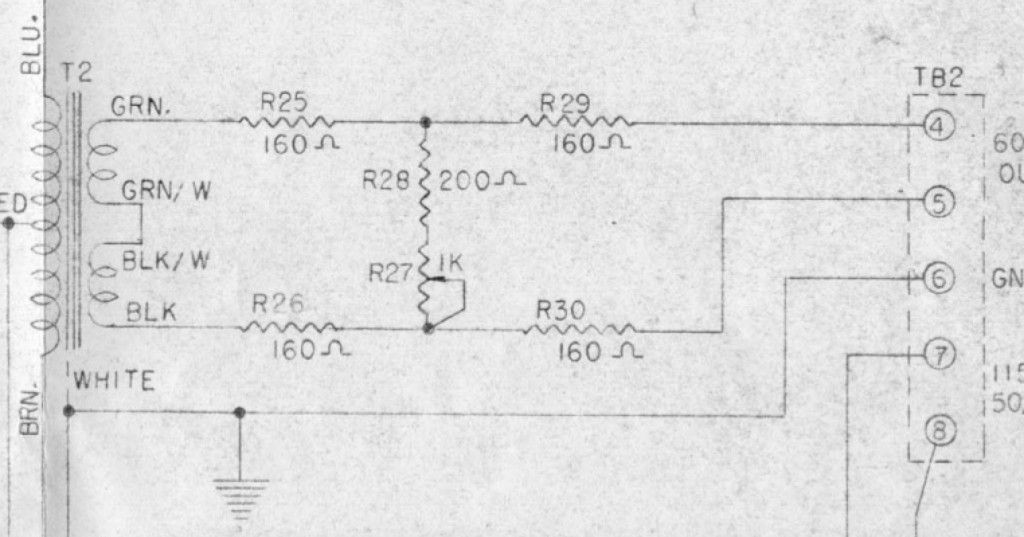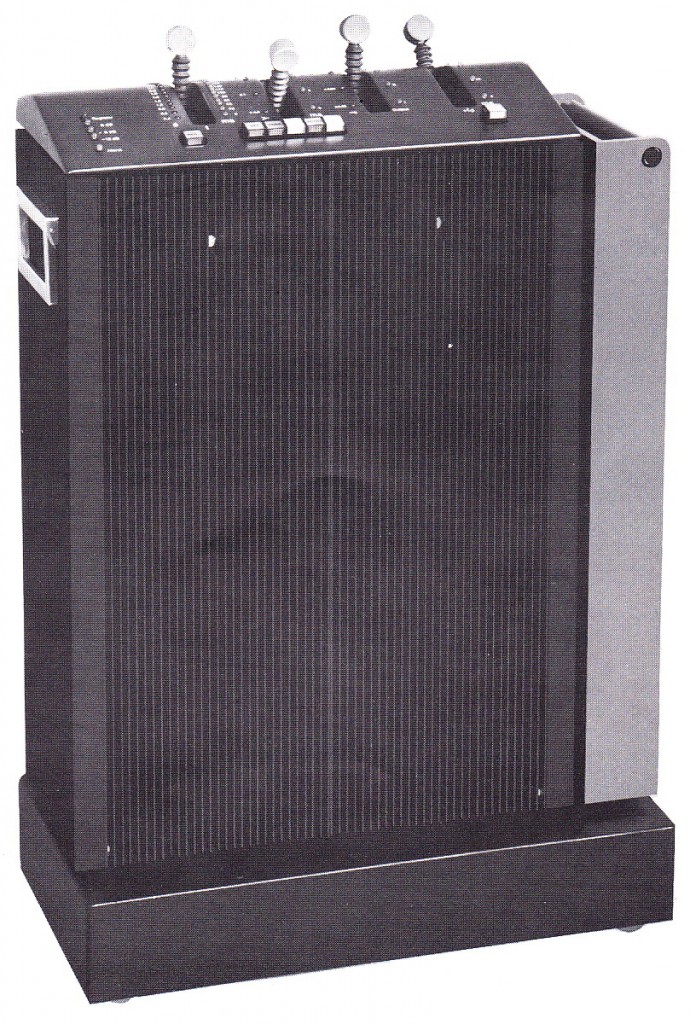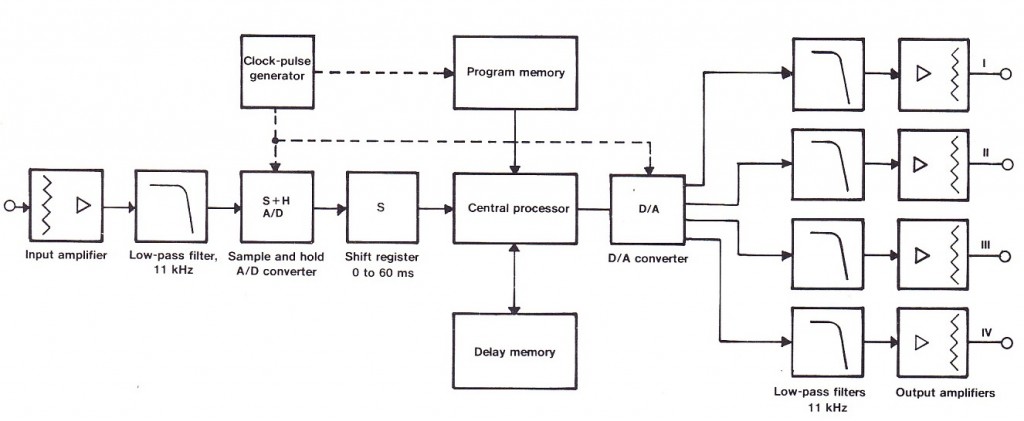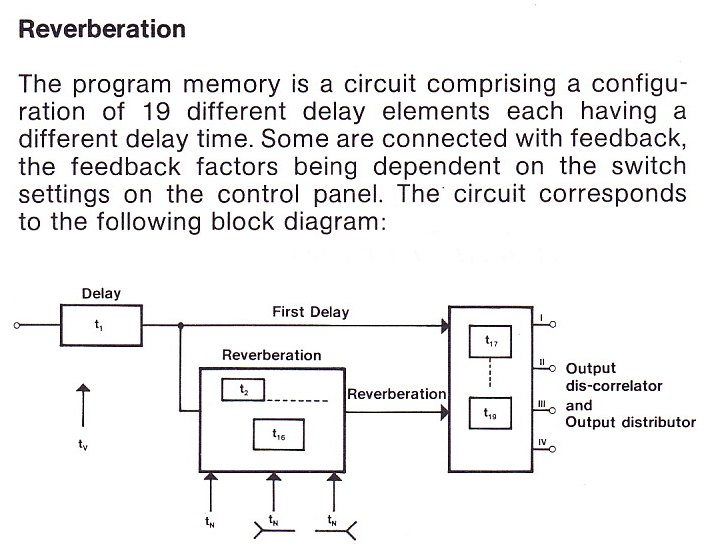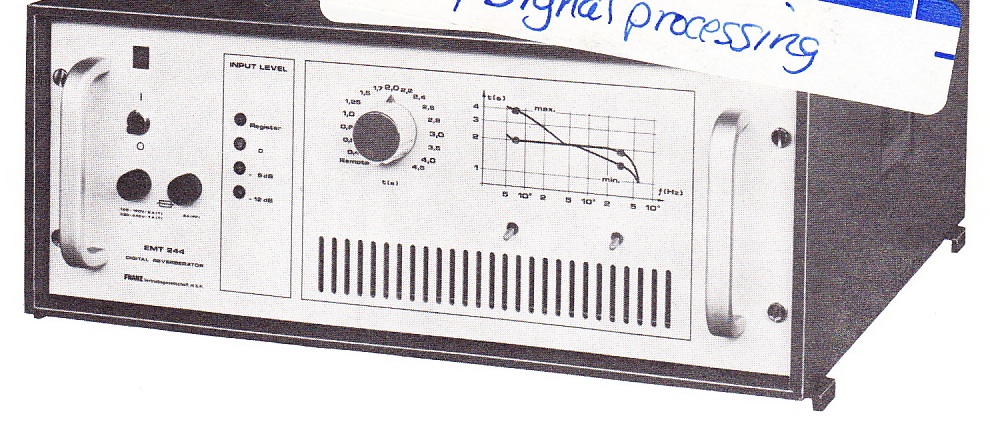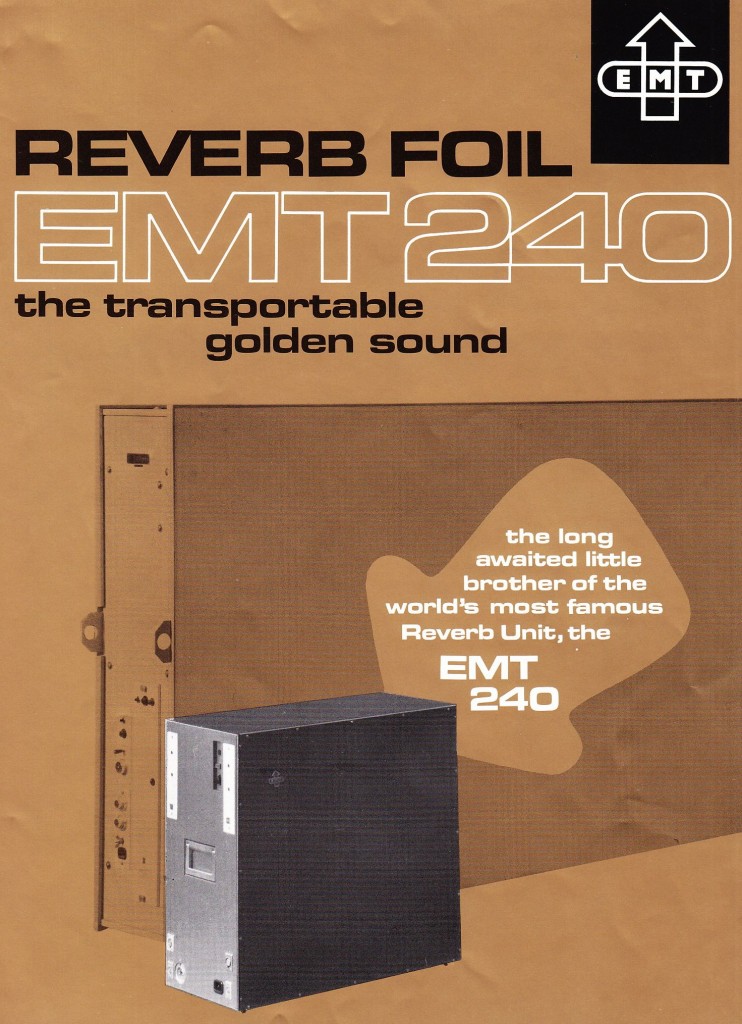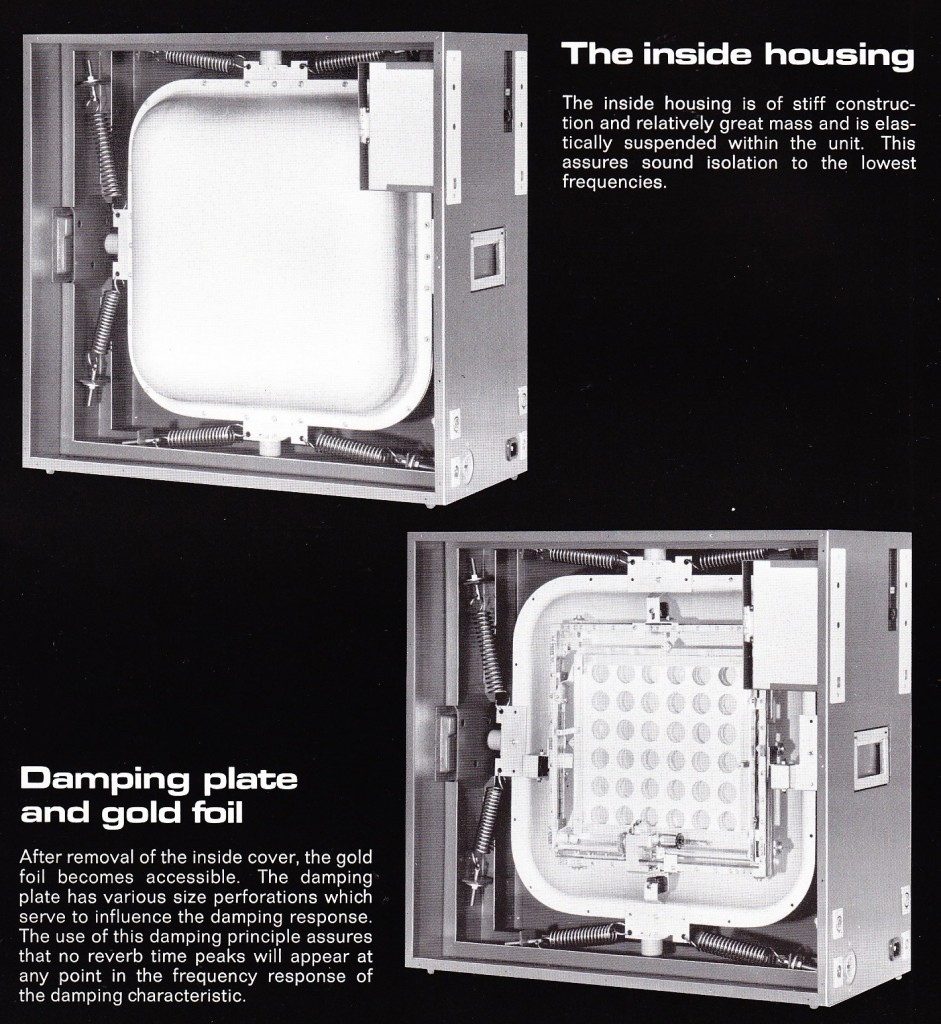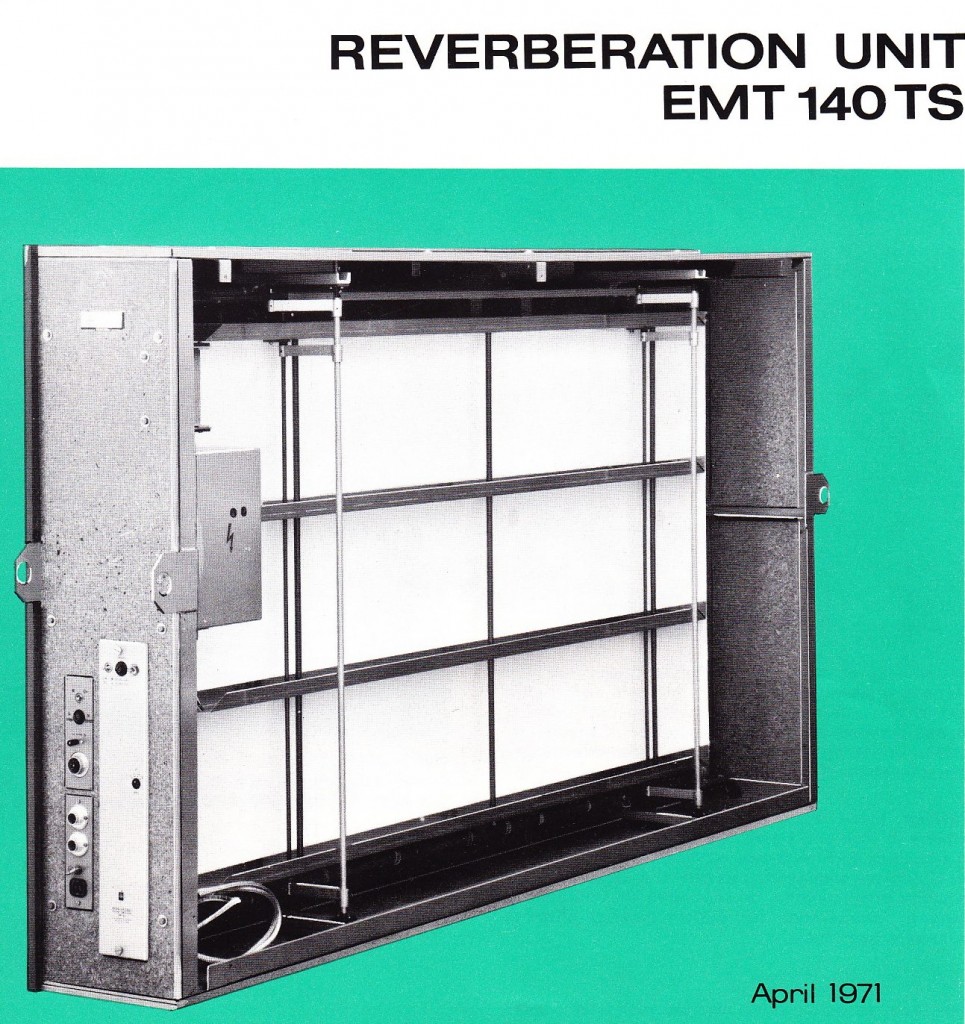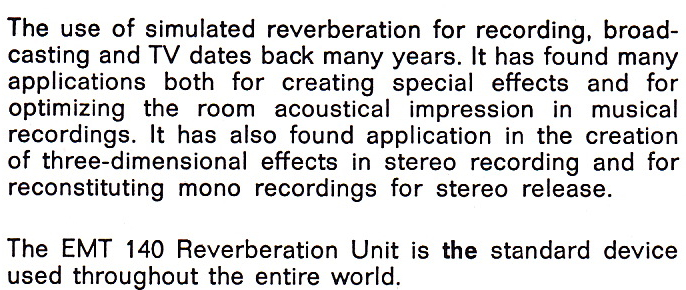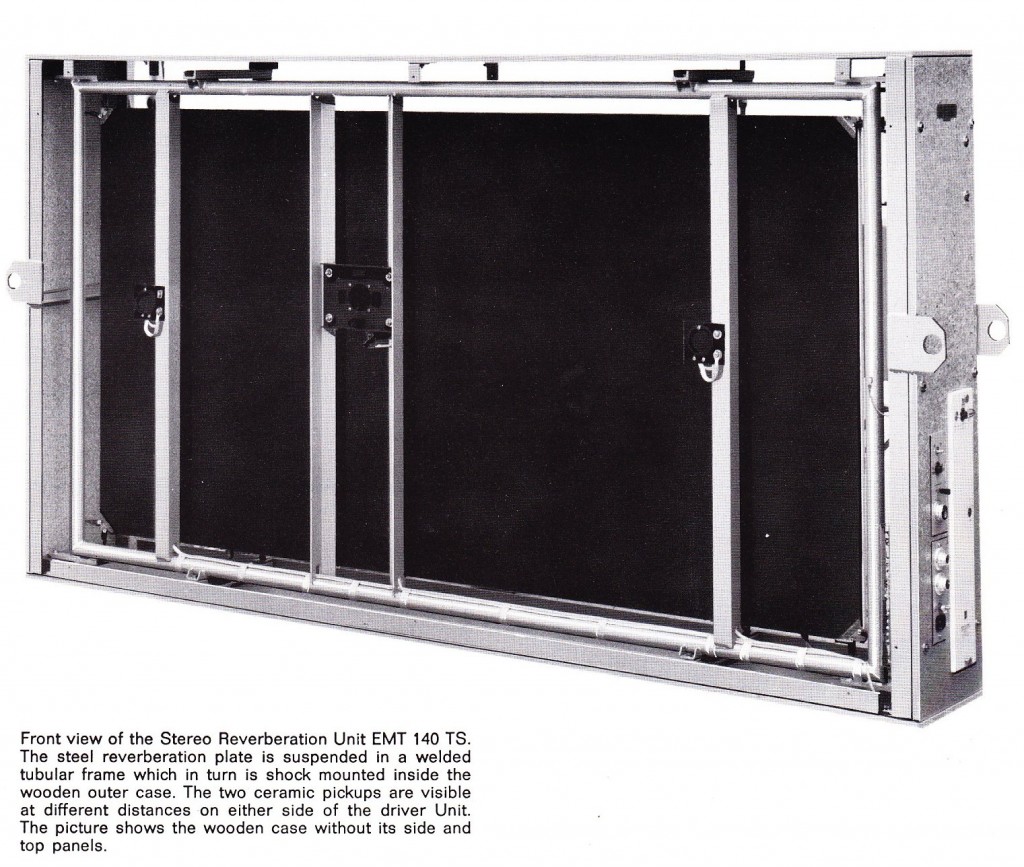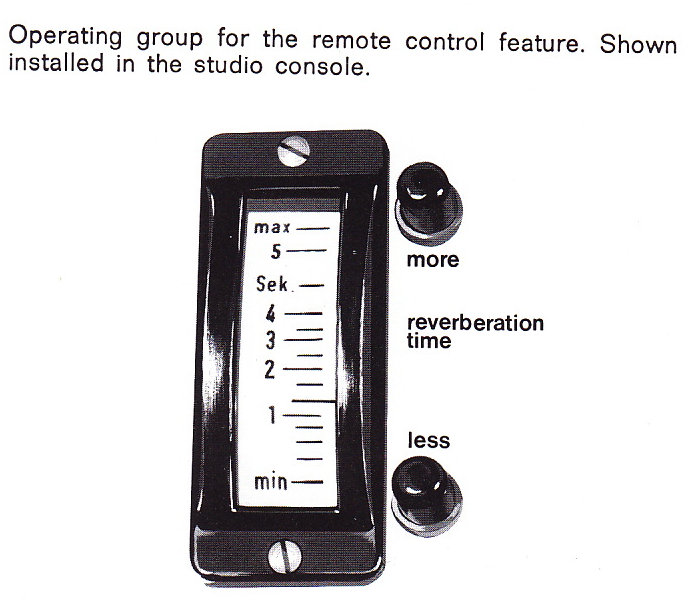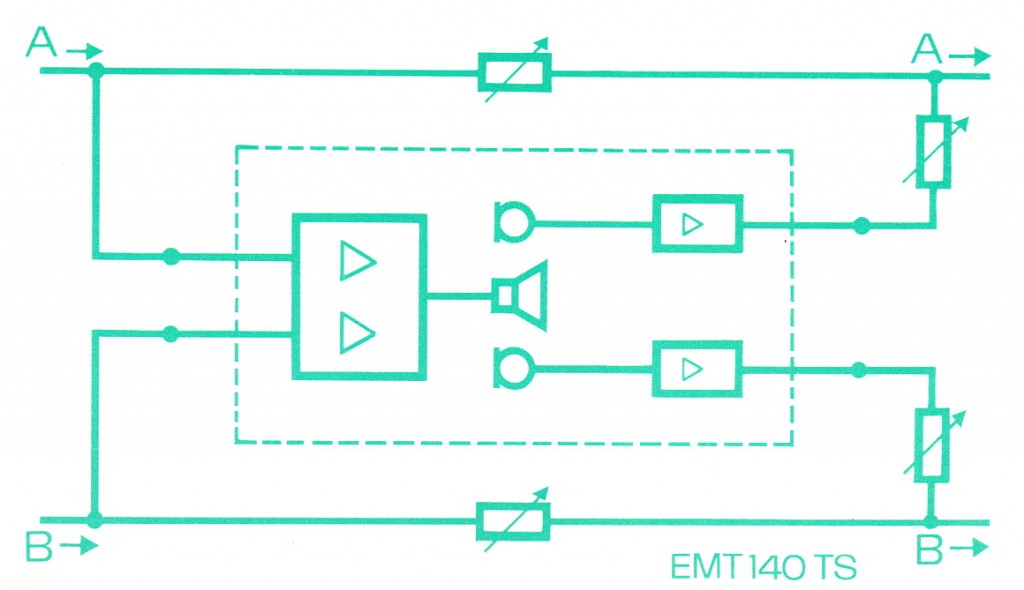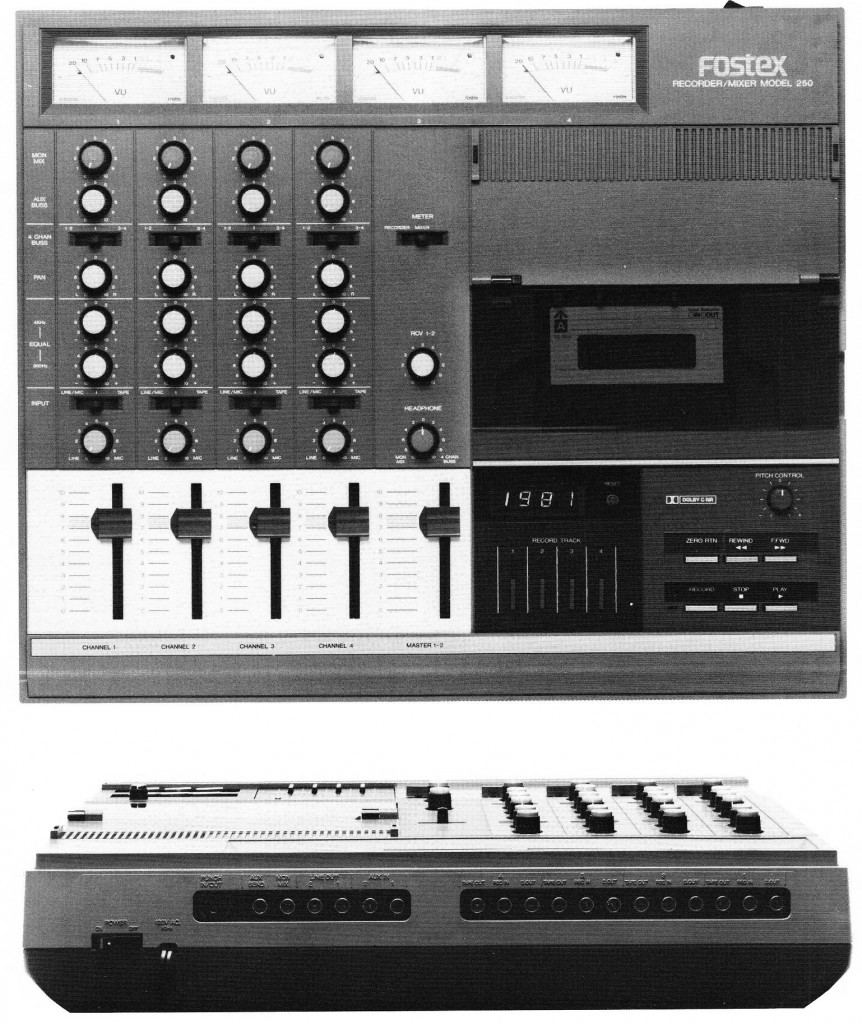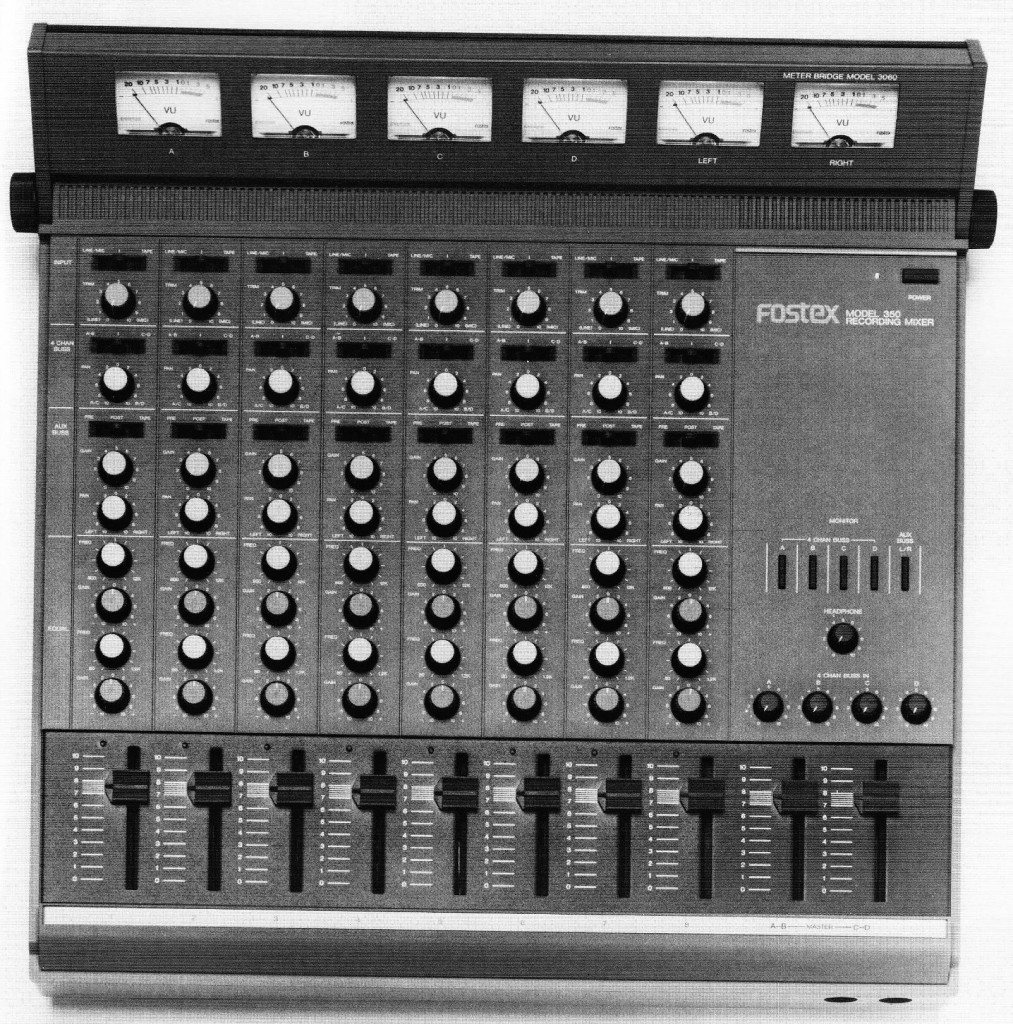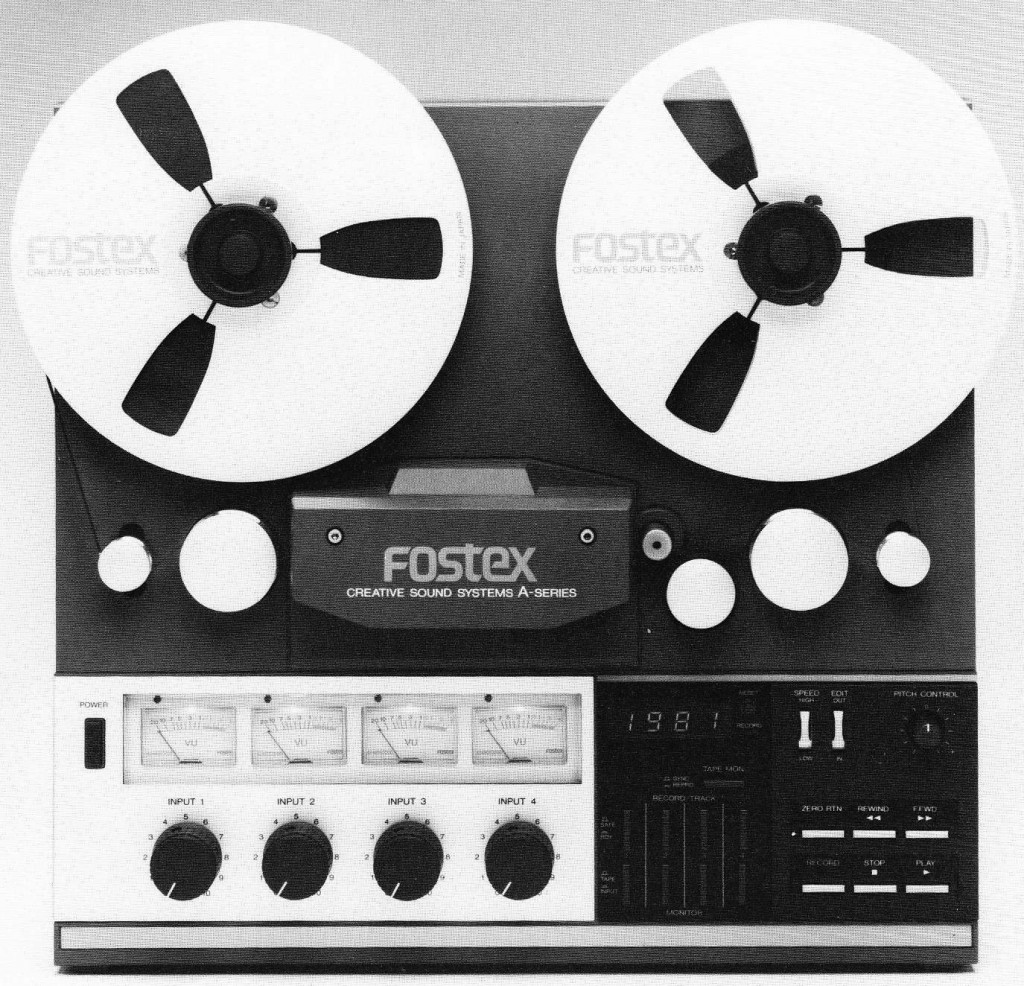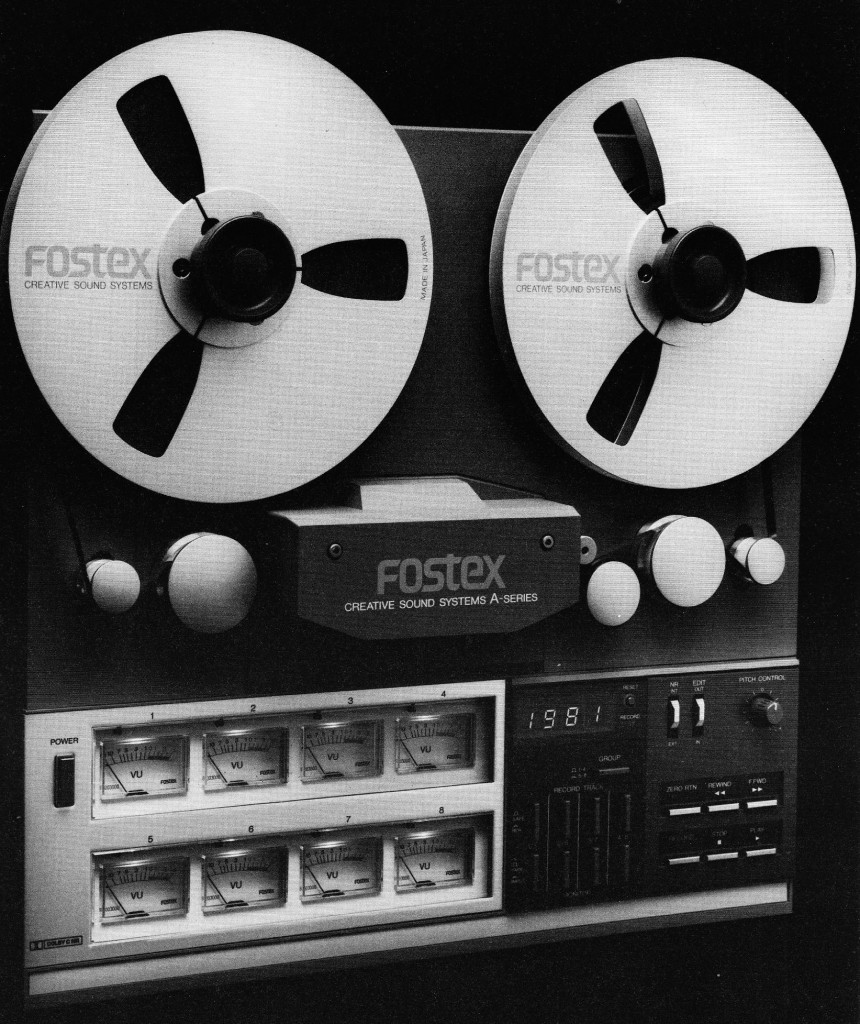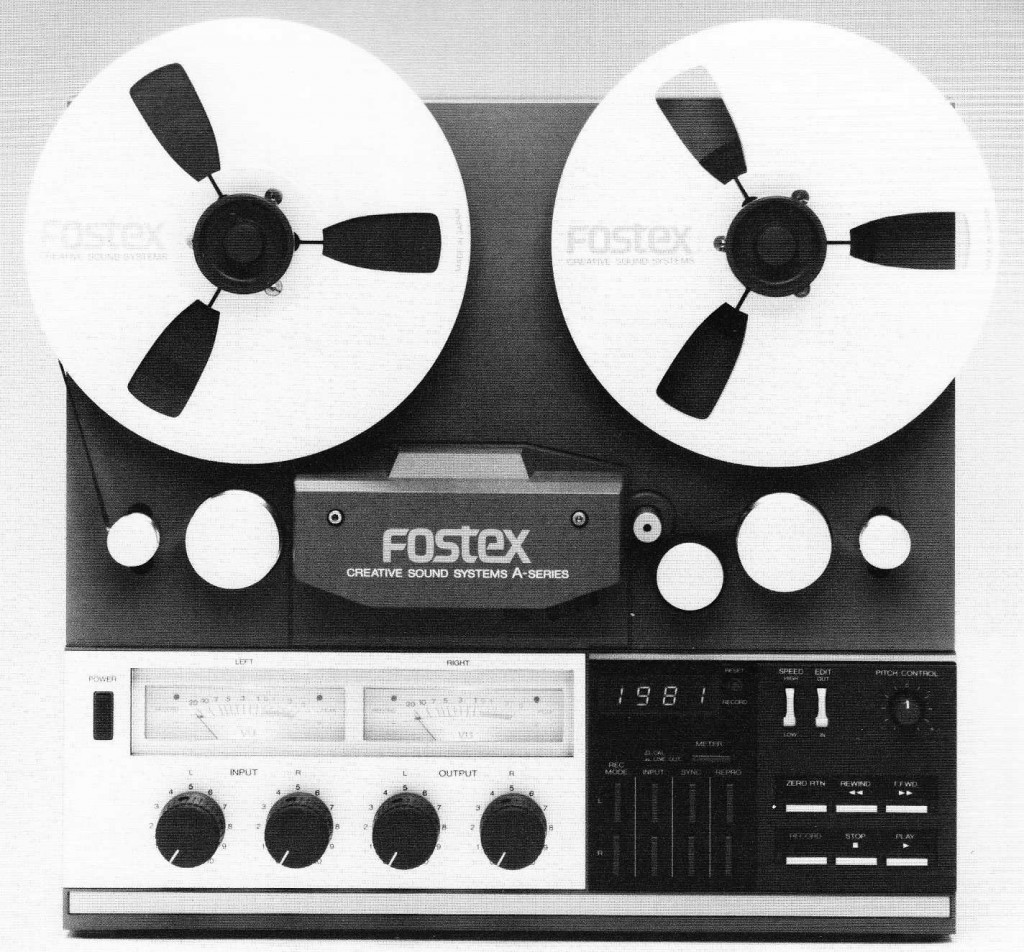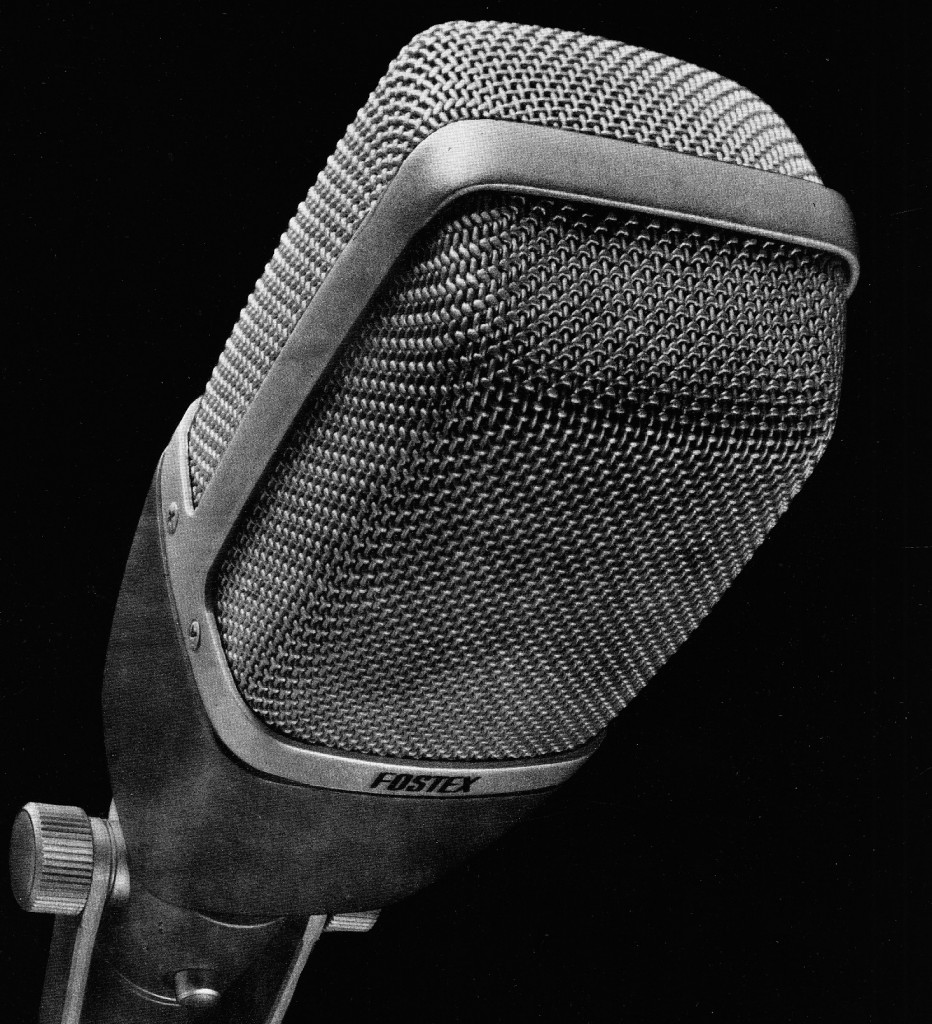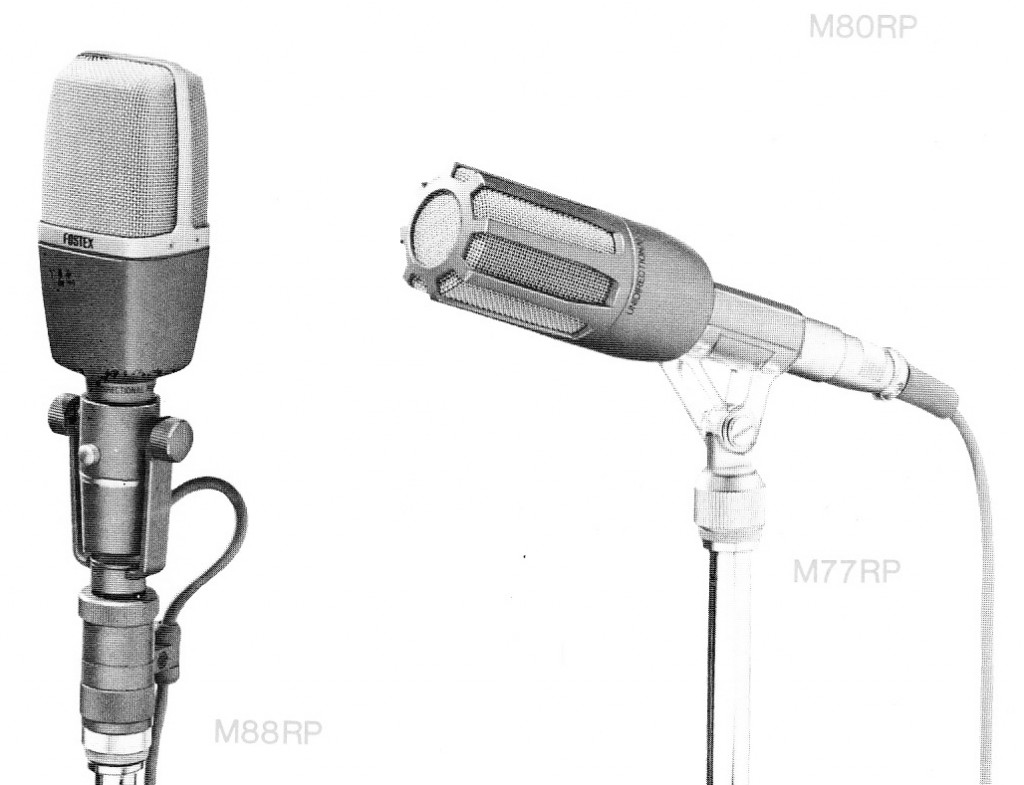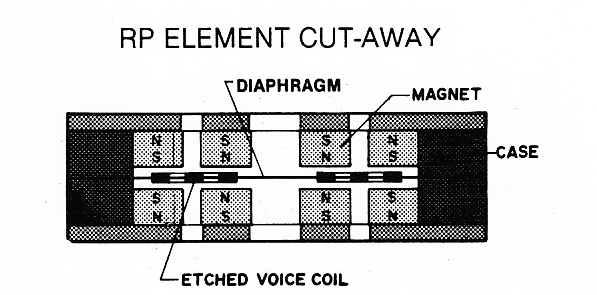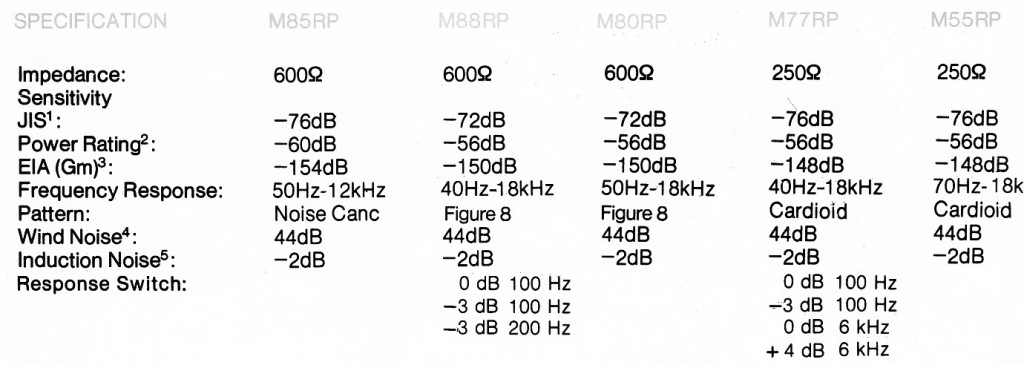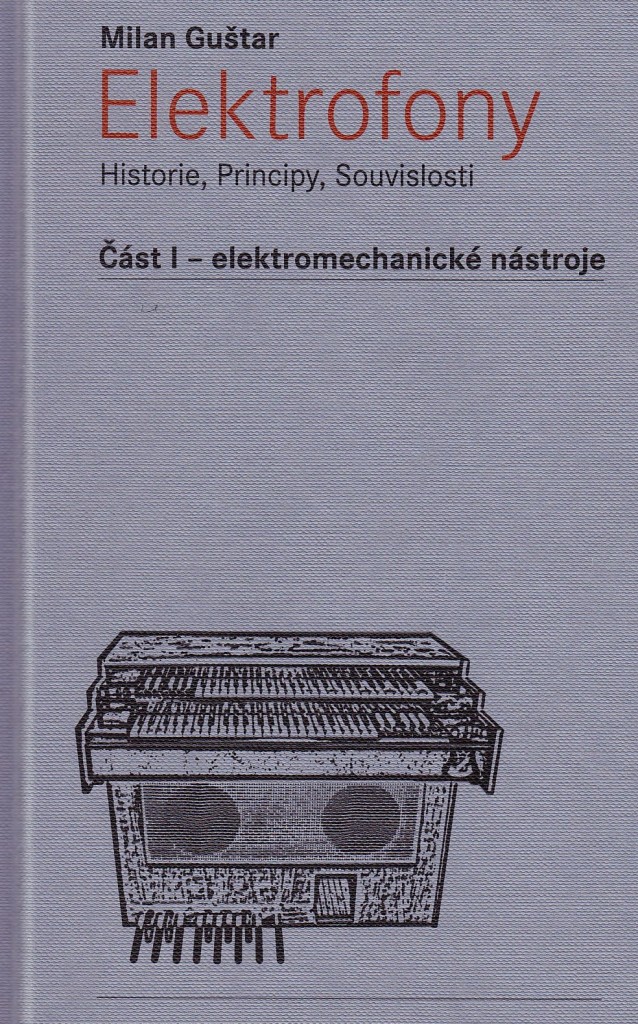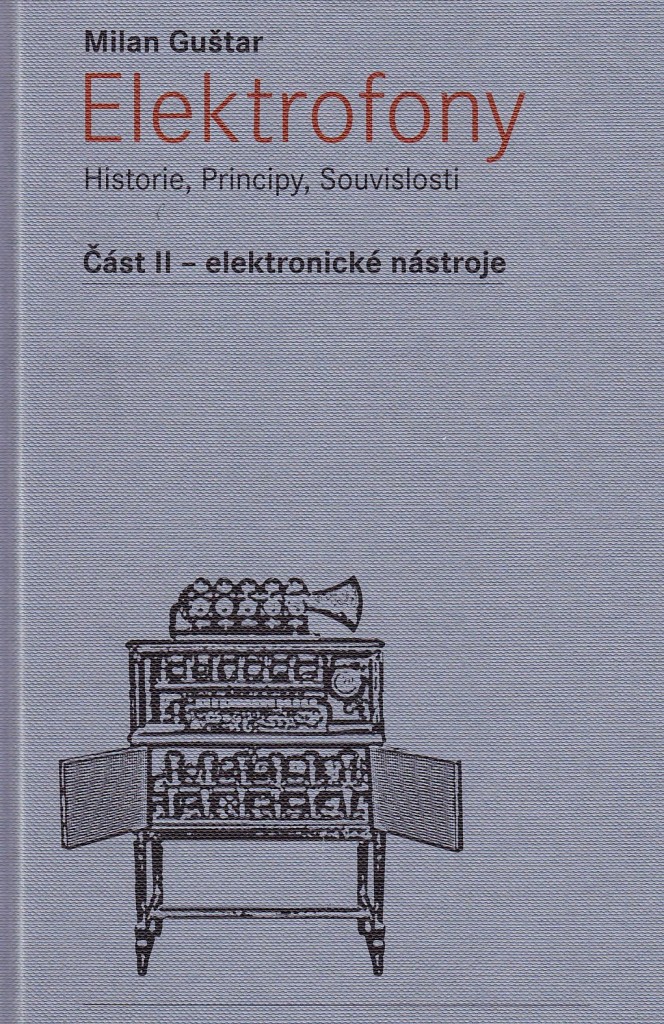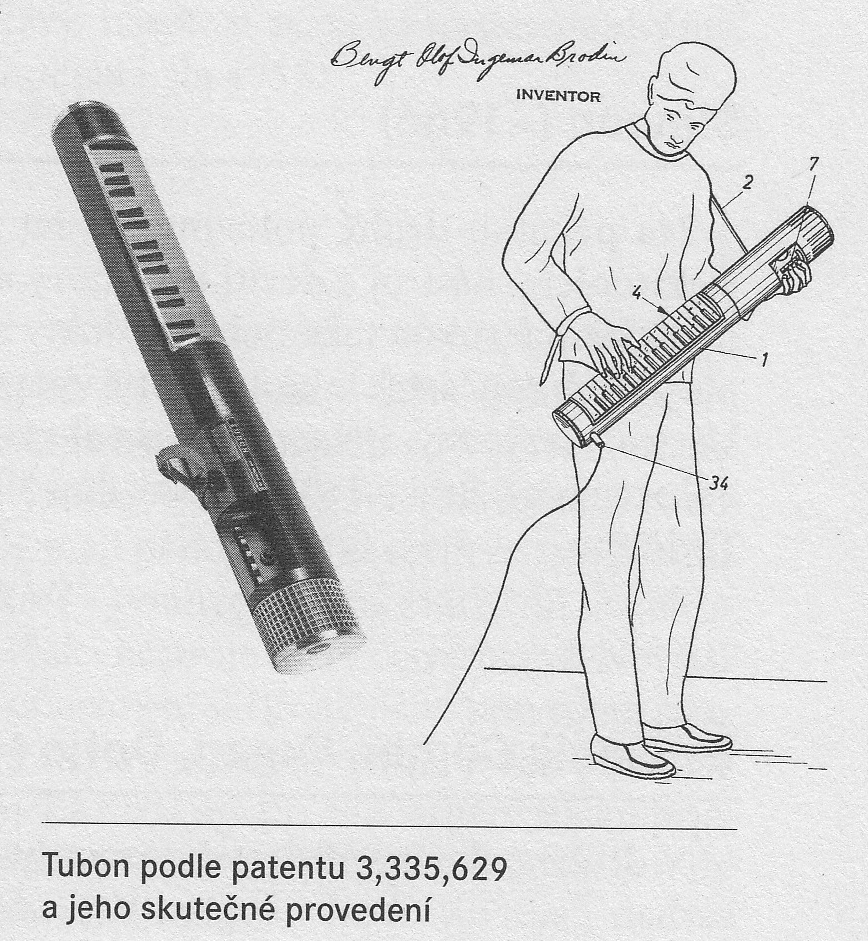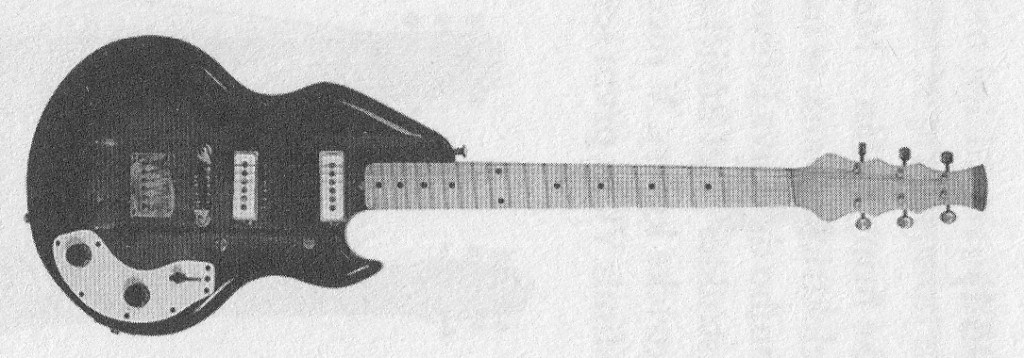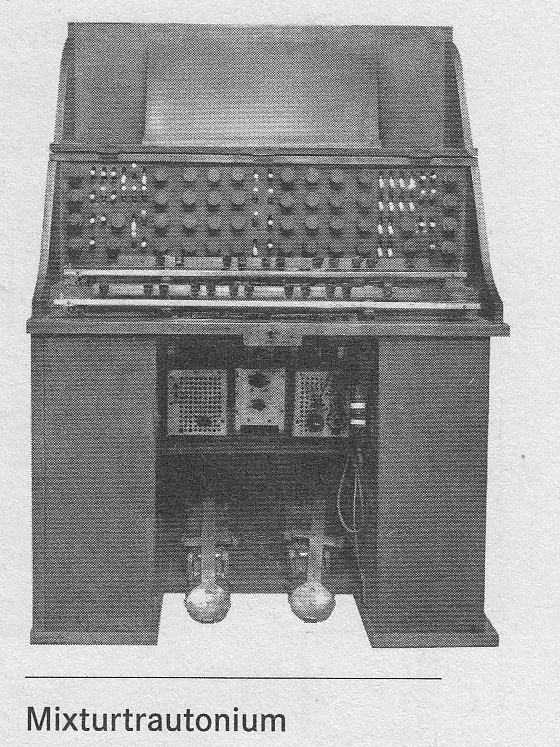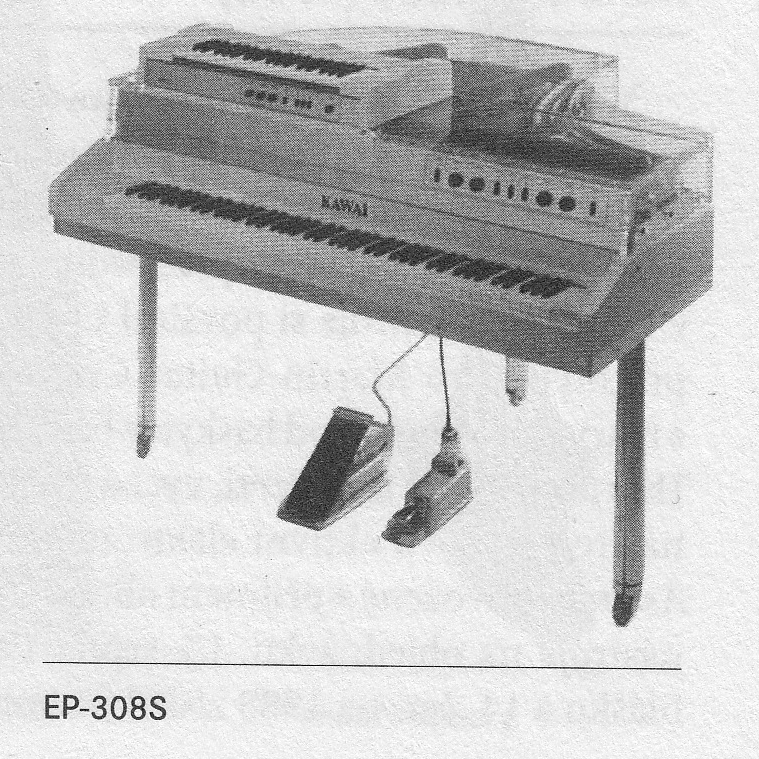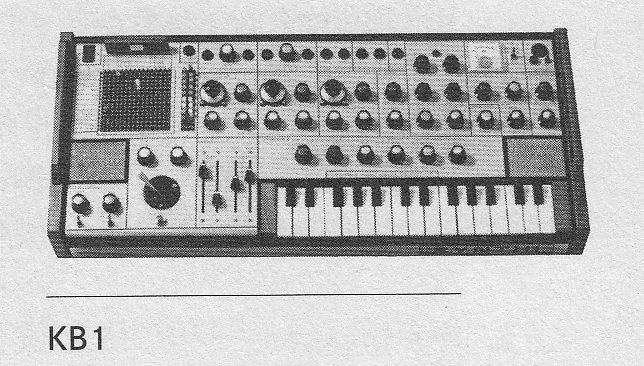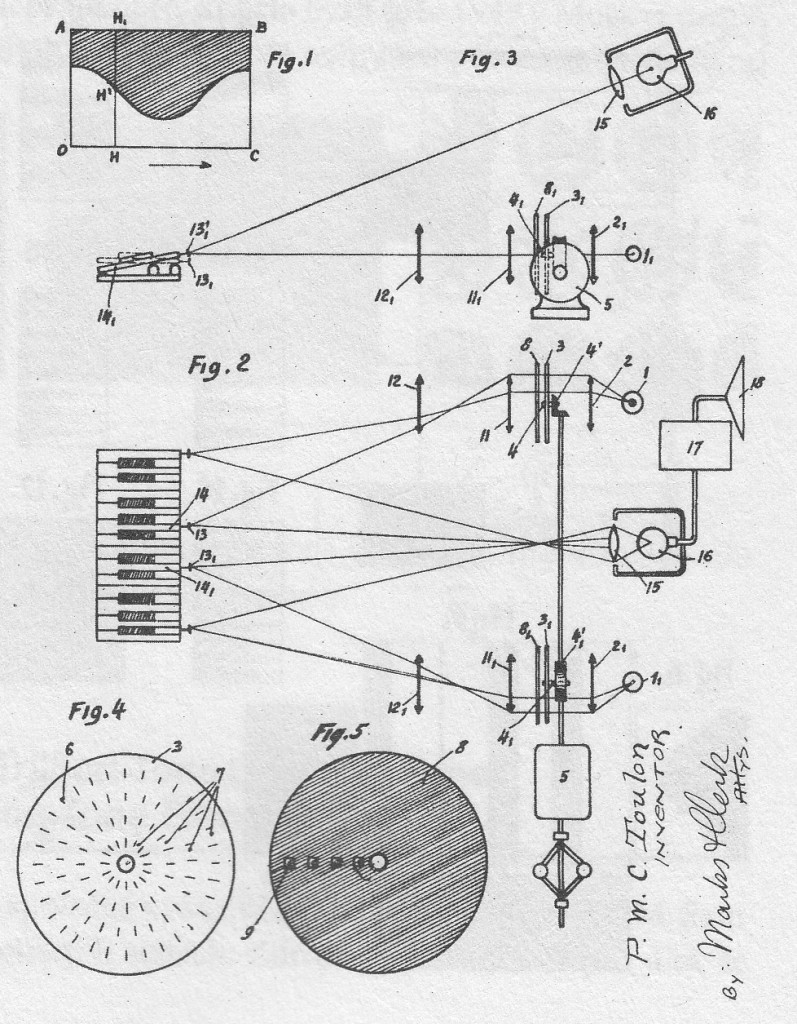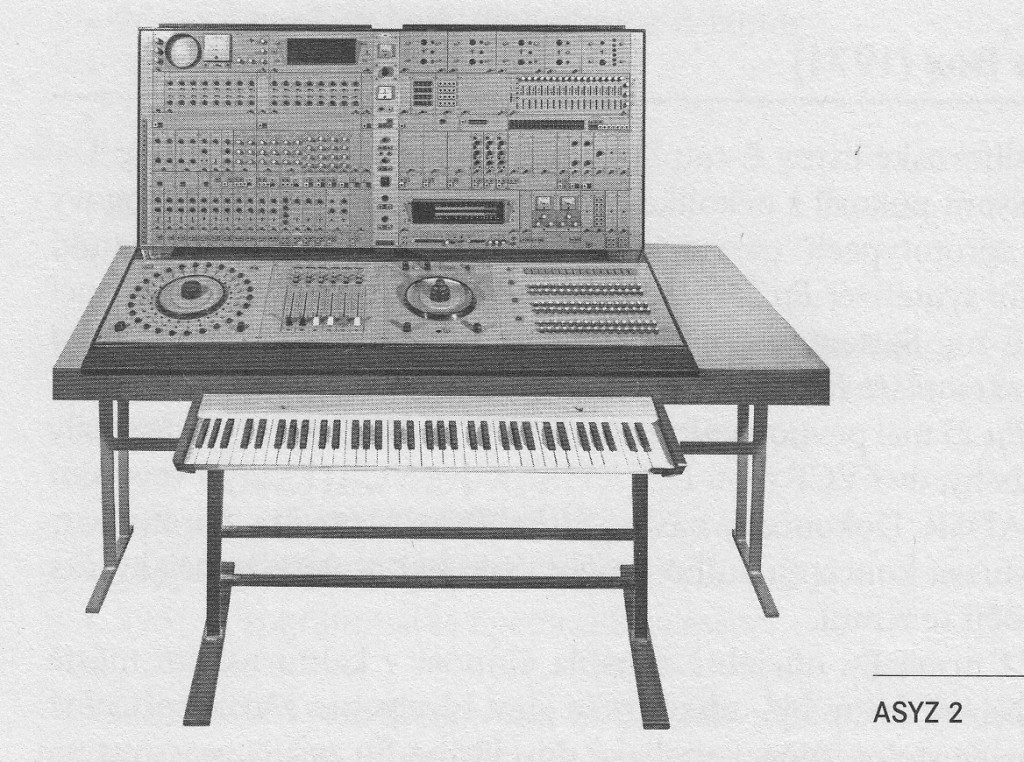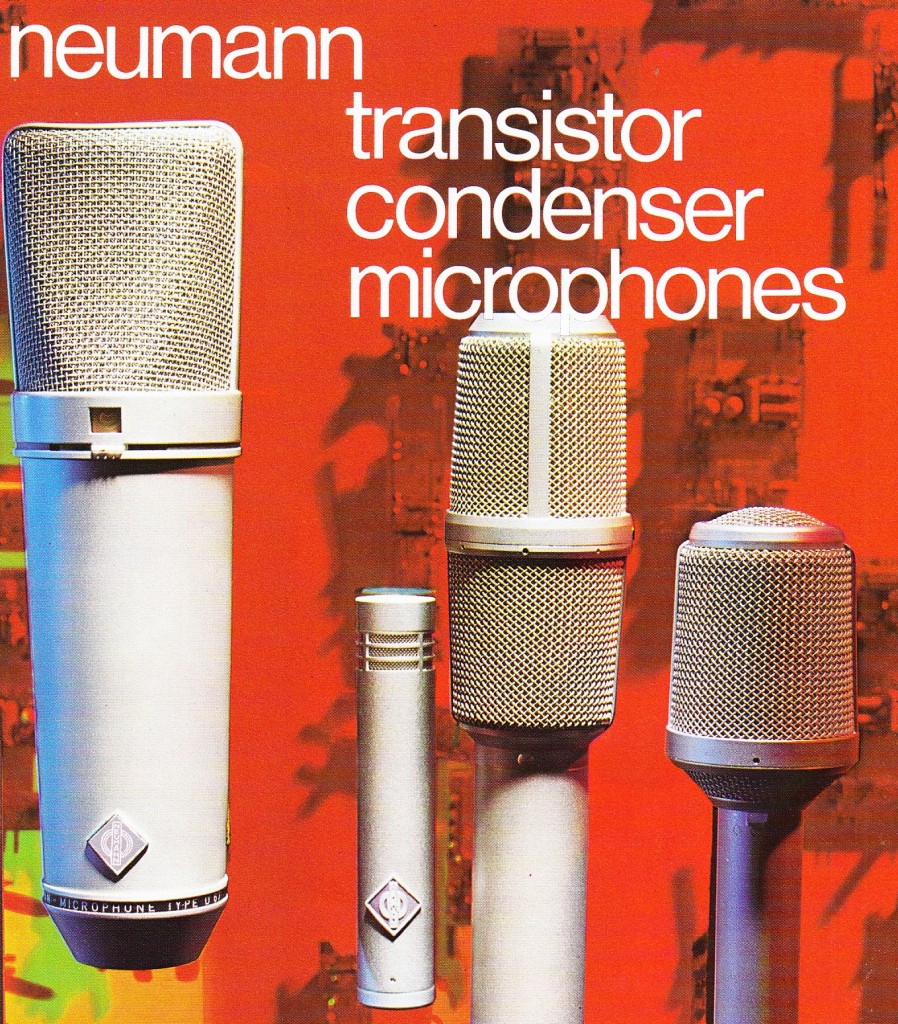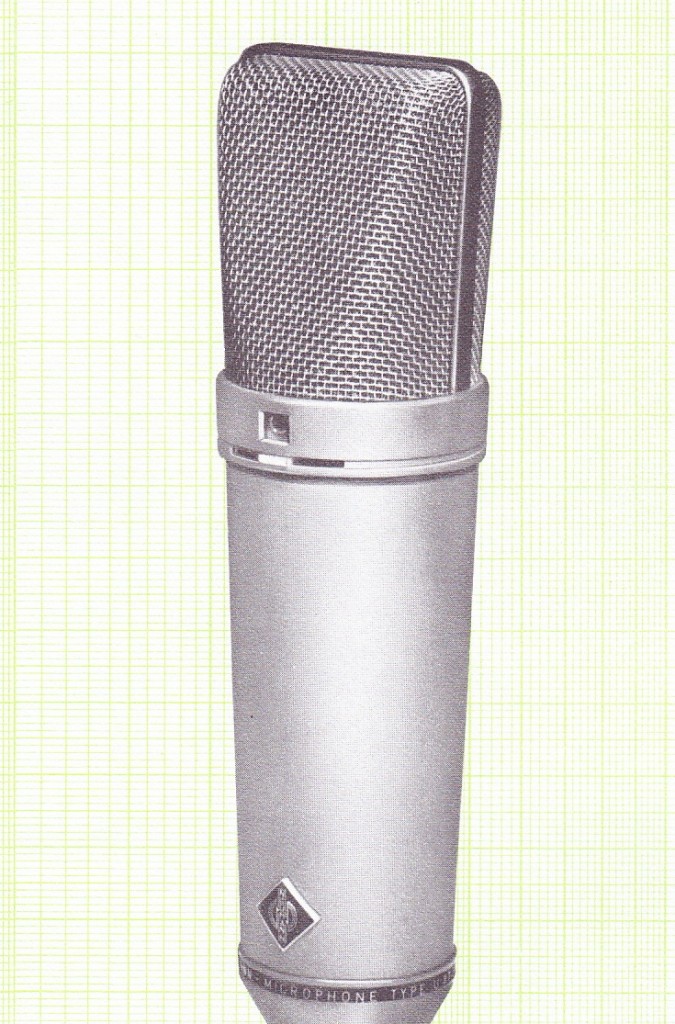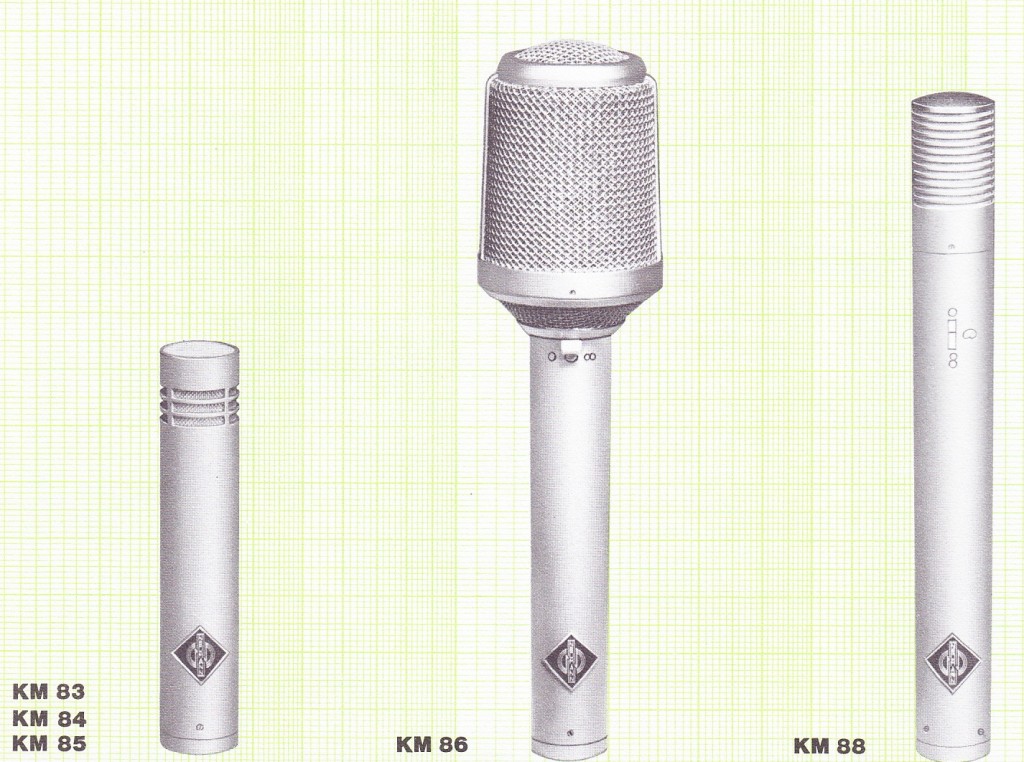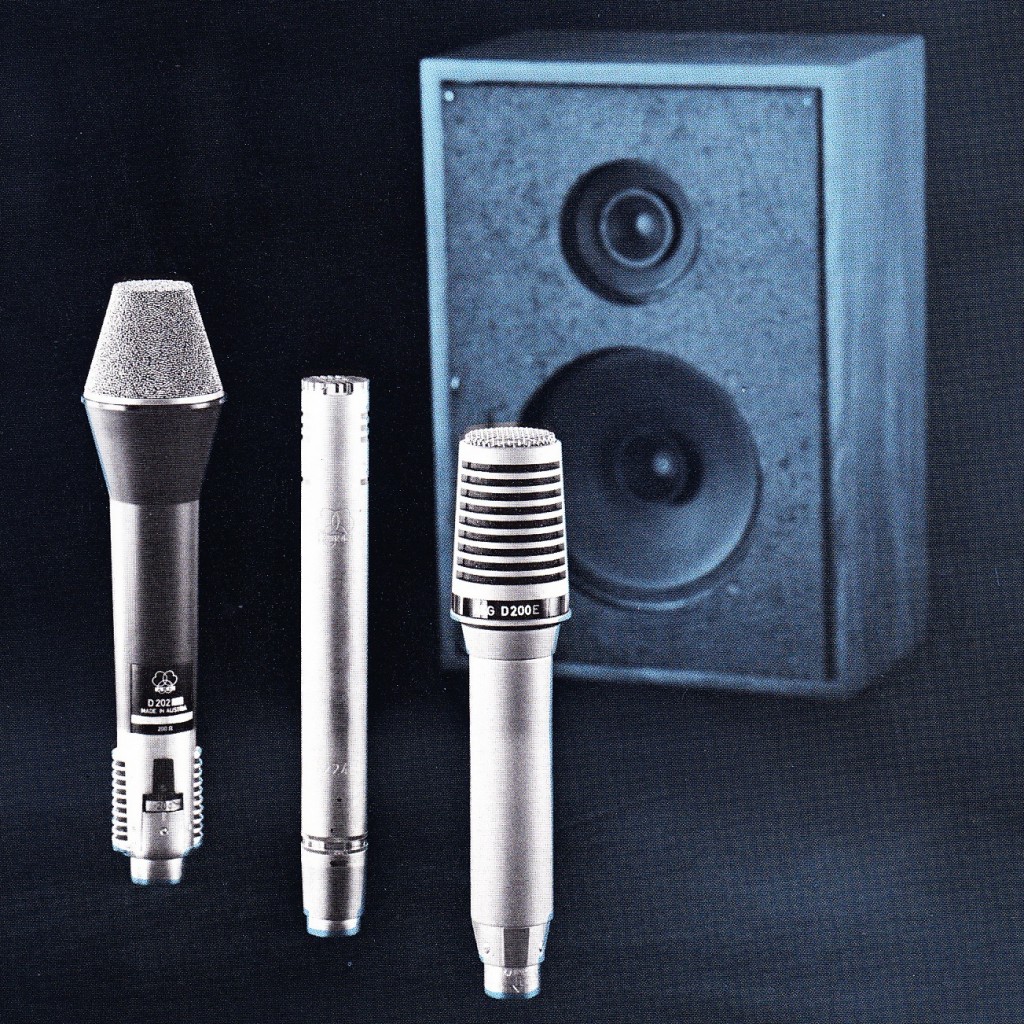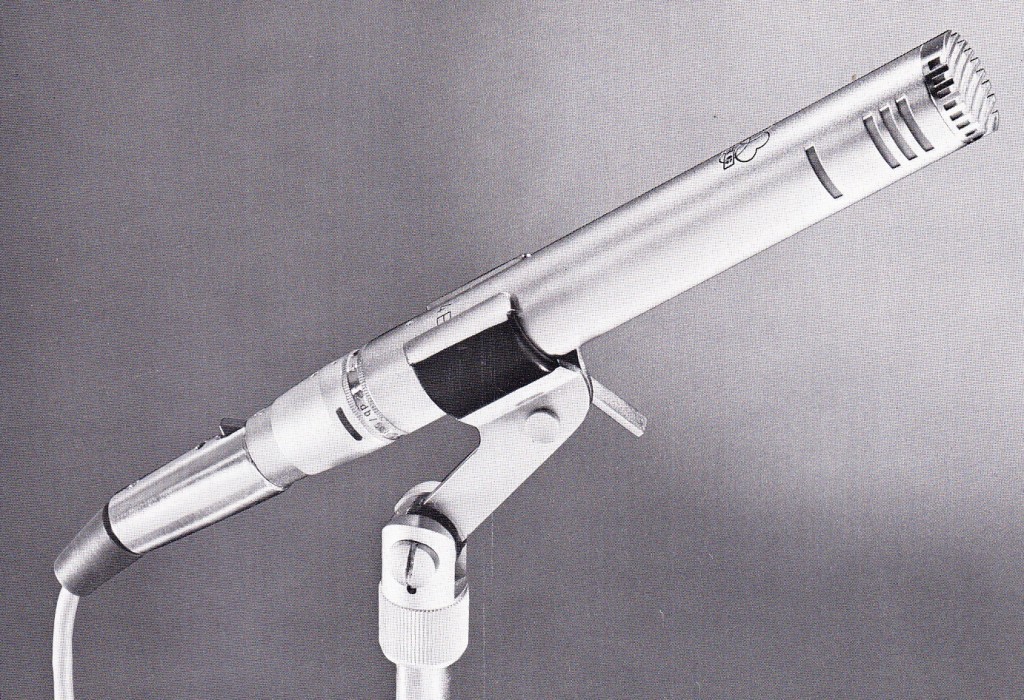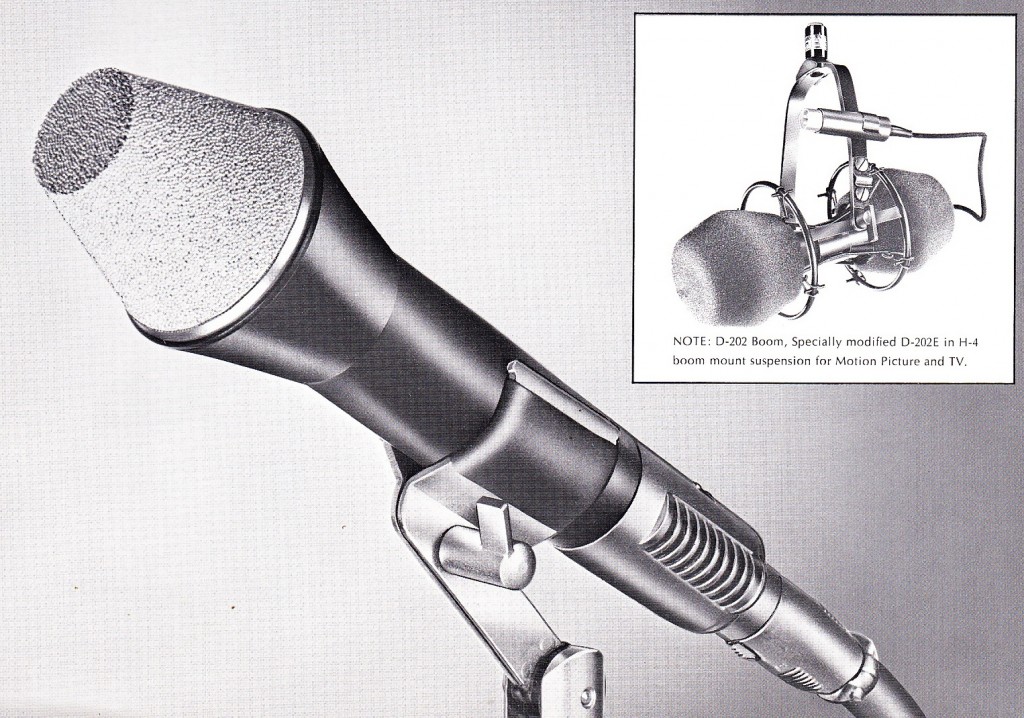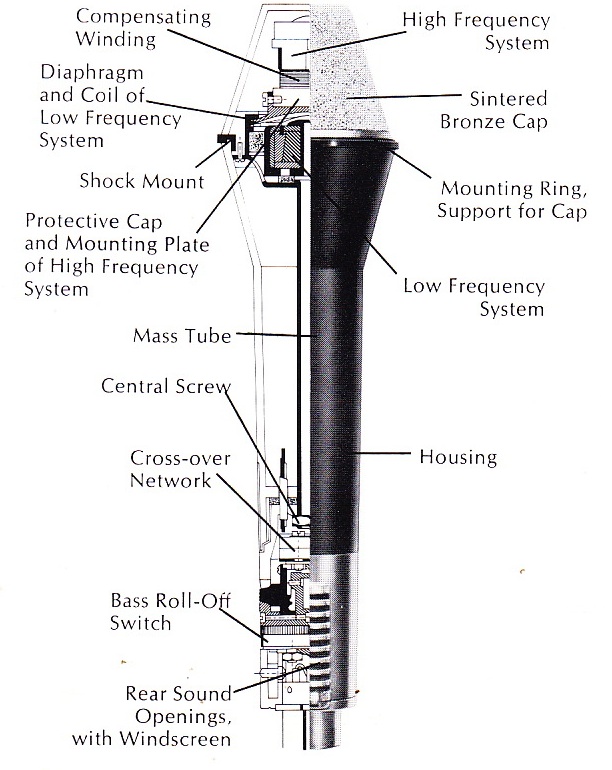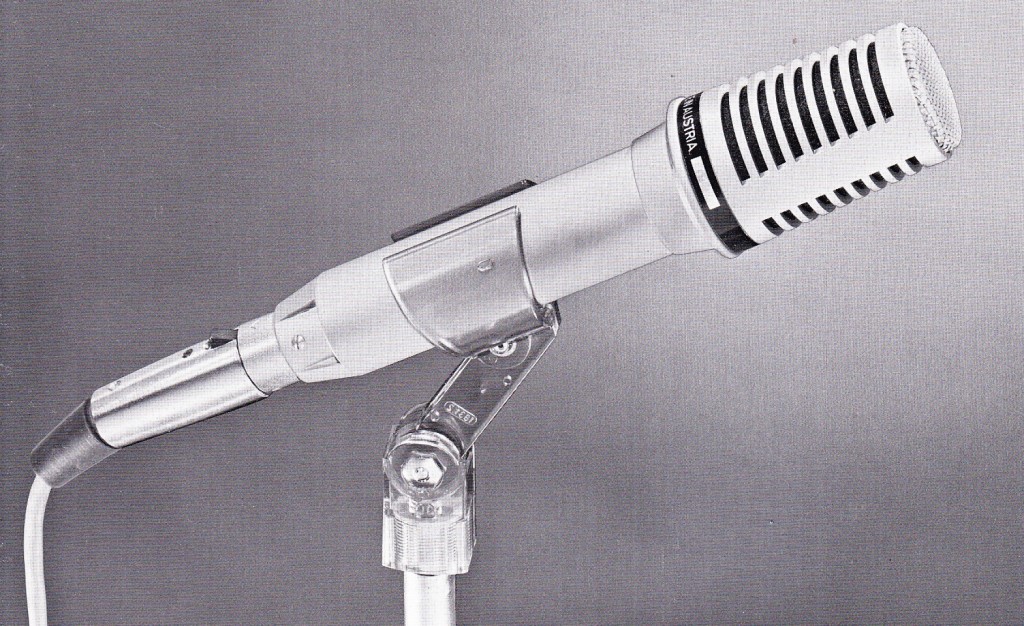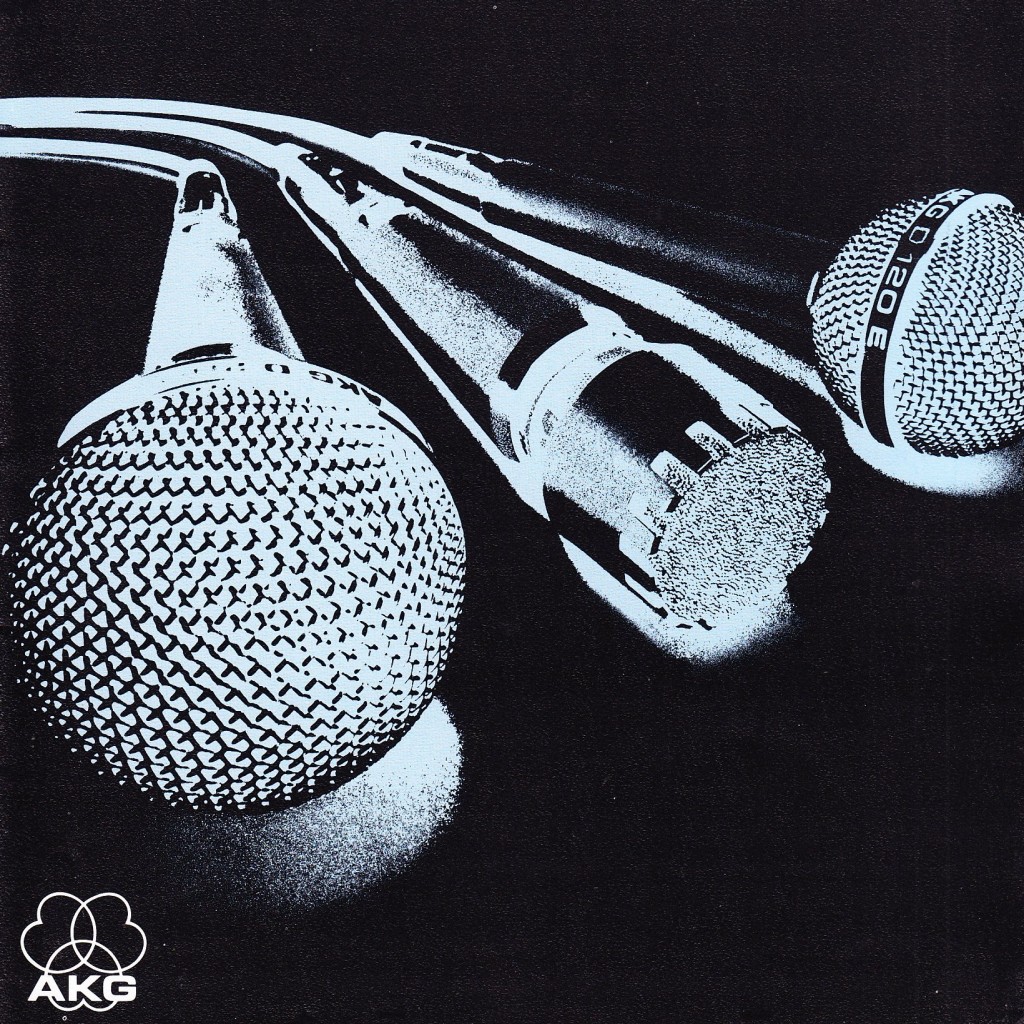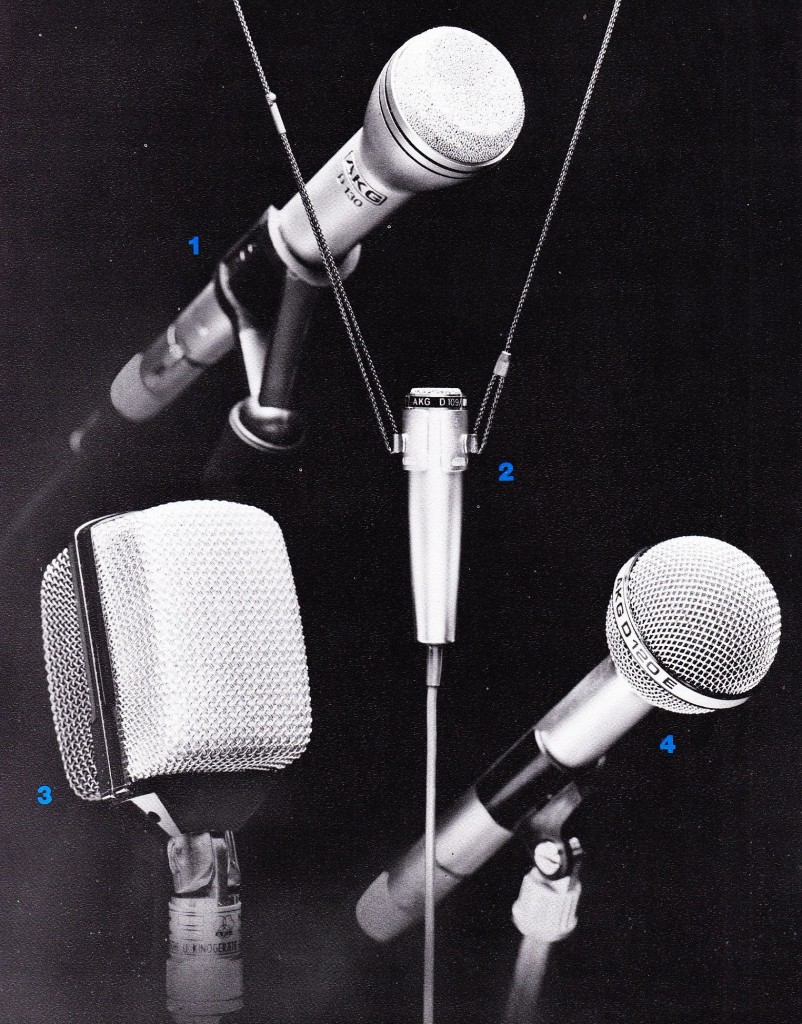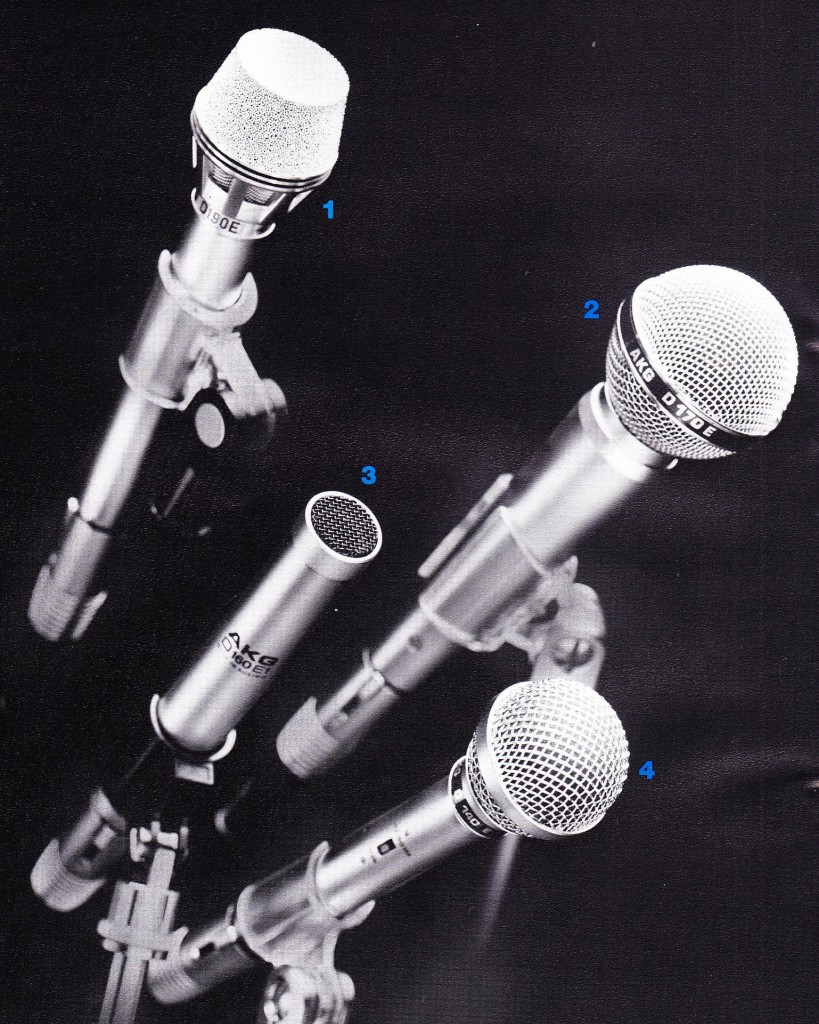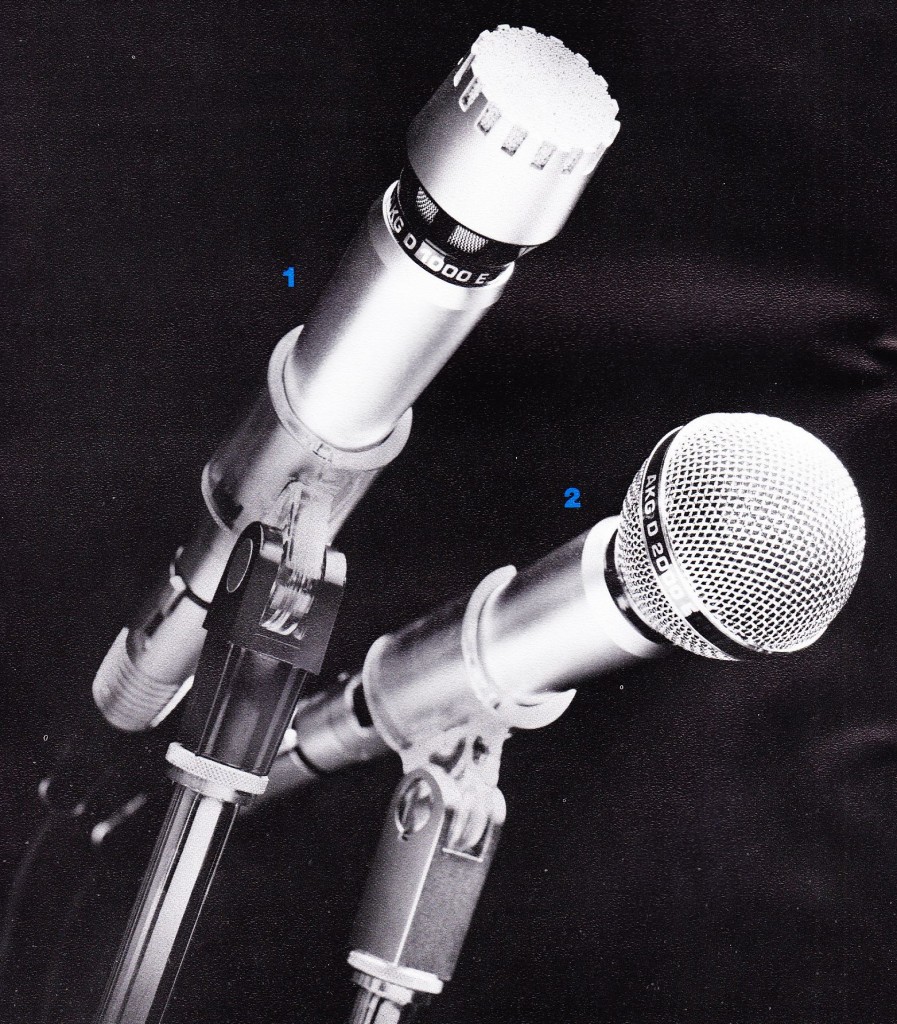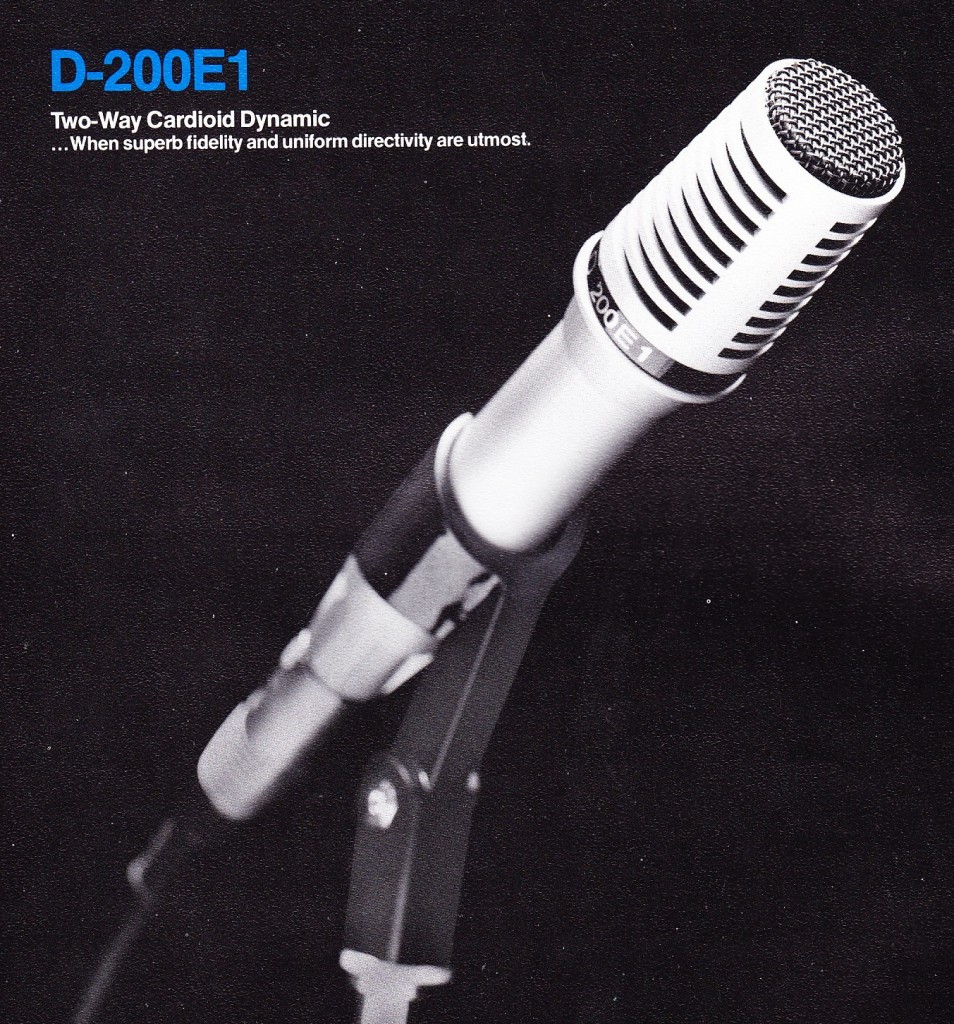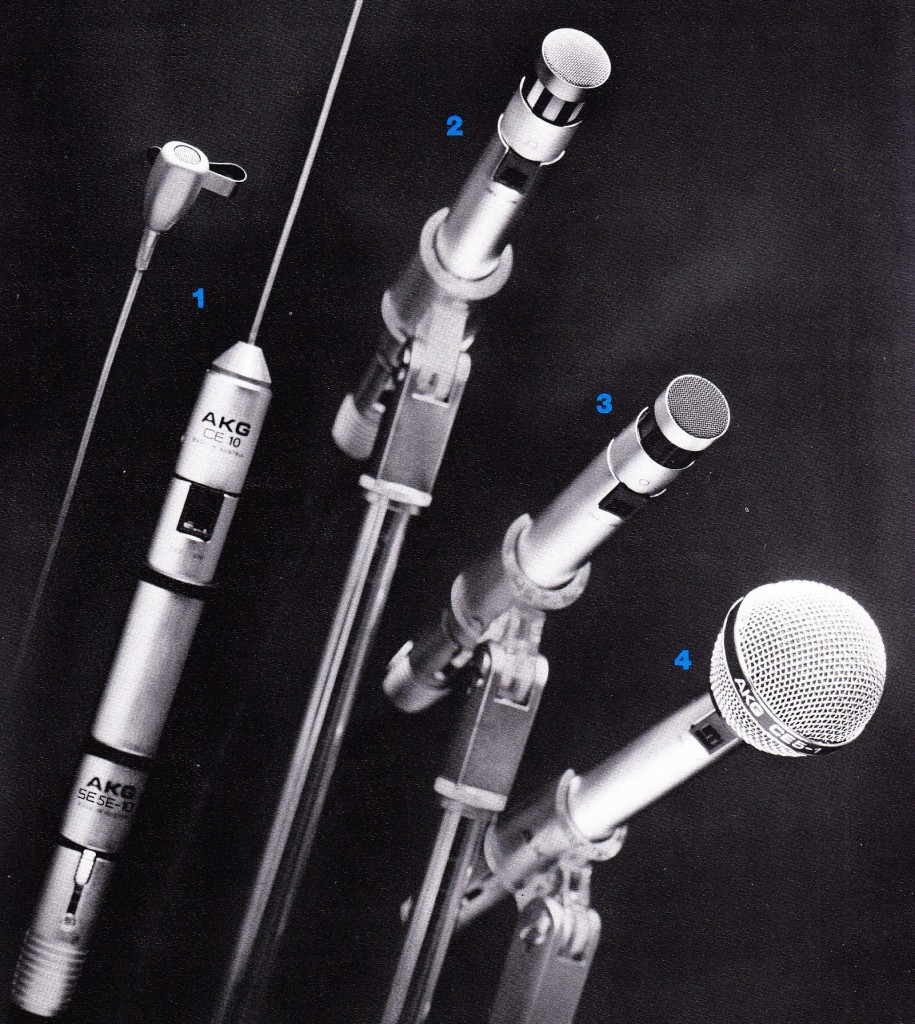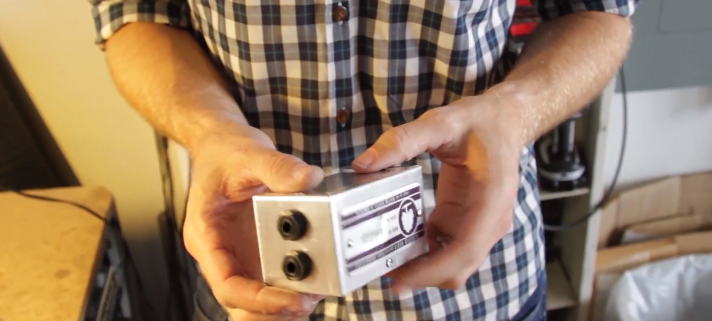 How are y’all doing today… we have a new video ready: “Build A Variable H-Pad.” If you’ve ever wanted an easy, controllable way of reducing level in the studio without losing signal balance or creating wild impedance variations (which can have undesirable consequences frequency-wise), this project is for you. I have a couple of these little boxes at Gold Coast Recorders and they get used pretty often; the most common use would be if I want to crank up a tube mic preamp to get some break-up on a drum kit or vocal mic. If this results in an excessive output level, I can just patch in one of these variable pads and dial in a safe level for the A/D convertors.
How are y’all doing today… we have a new video ready: “Build A Variable H-Pad.” If you’ve ever wanted an easy, controllable way of reducing level in the studio without losing signal balance or creating wild impedance variations (which can have undesirable consequences frequency-wise), this project is for you. I have a couple of these little boxes at Gold Coast Recorders and they get used pretty often; the most common use would be if I want to crank up a tube mic preamp to get some break-up on a drum kit or vocal mic. If this results in an excessive output level, I can just patch in one of these variable pads and dial in a safe level for the A/D convertors.
Check out the video, and here’s the schematic for anyone who wants to build one of these lil fellas. You’ll need two balanced jacks of your choosing, four 1% 1-watt 160-ohm resistors, one 200-ohm 1-watt resistor, a 1-watt 1-K linear taper pot, a terminal strip, and a small enclosure.
*******
***
For my original article which describes the development of this device, click here.
